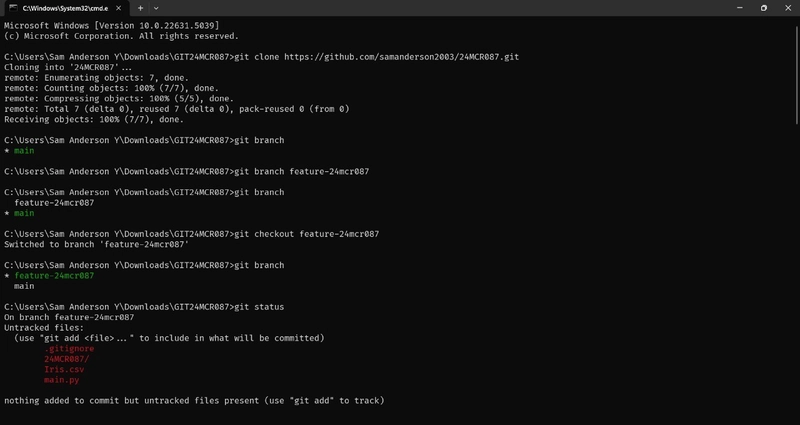"The Secret Weapon in JavaScript Nobody Tells You About: Meet Proxies!"
When most people think of JavaScript objects, they think of static key-value pairs. But what if you could create objects that intercept, control, and even redefine fundamental operations like property lookup, assignment, and function invocation? Welcome to the fascinating world of JavaScript Proxies — an often underexplored yet powerful feature. What is a Proxy? At its core, a Proxy is a wrapper around an object (called the target) that intercepts operations and allows you to customize their behavior. Think of it as putting a magical shield around an object — any interaction with the object first passes through your custom logic. const target = { message: "Hello" }; const handler = { get: function(obj, prop) { return prop in obj ? obj[prop] : "Property not found!"; } }; const proxy = new Proxy(target, handler); console.log(proxy.message); // "Hello" console.log(proxy.nonExistentProp); // "Property not found!" Here, every get operation is intercepted. If the property doesn't exist, it gracefully returns a custom message instead of undefined. Why are Proxies So Special? Proxies are unique because they allow you to: Validate data before setting it on an object. Create virtual properties without storing them. Secure sensitive objects by controlling access. Build reactive systems like Vue.js's reactivity engine! In fact, modern frameworks like Vue 3 use proxies under the hood to track and respond to data changes efficiently. Real-World Example: Auto-Default Objects Imagine you want an object where every property you access is initialized automatically if it doesn't exist. const autoDefault = new Proxy({}, { get: (obj, prop) => { if (!(prop in obj)) { obj[prop] = 0; // Default value } return obj[prop]; } }); console.log(autoDefault.score); // 0 autoDefault.score += 10; console.log(autoDefault.score); // 10 No need to manually check if a property exists — the proxy does it automatically! Advanced Use: Secure Objects with Validation You can also restrict what users can set: const securedUser = new Proxy({}, { set: (obj, prop, value) => { if (prop === "age" && typeof value !== "number") { throw new TypeError("Age must be a number"); } obj[prop] = value; return true; } }); securedUser.age = 25; // Works fine securedUser.name = "Alice"; // Works fine // securedUser.age = "twenty"; // Throws TypeError This adds a lightweight layer of security and validation to your objects! Conclusion JavaScript Proxies are a hidden superpower that can transform the way you build applications. From simple default values to complex reactivity engines, the possibilities are endless when you master Proxies. Next time you think "I wish I could tweak how this object behaves," remember — Proxies have your back!

When most people think of JavaScript objects, they think of static key-value pairs. But what if you could create objects that intercept, control, and even redefine fundamental operations like property lookup, assignment, and function invocation?
Welcome to the fascinating world of JavaScript Proxies — an often underexplored yet powerful feature.
What is a Proxy?
At its core, a Proxy is a wrapper around an object (called the target) that intercepts operations and allows you to customize their behavior.
Think of it as putting a magical shield around an object — any interaction with the object first passes through your custom logic.
const target = { message: "Hello" };
const handler = {
get: function(obj, prop) {
return prop in obj ? obj[prop] : "Property not found!";
}
};
const proxy = new Proxy(target, handler);
console.log(proxy.message); // "Hello"
console.log(proxy.nonExistentProp); // "Property not found!"
Here, every get operation is intercepted. If the property doesn't exist, it gracefully returns a custom message instead of undefined.
Why are Proxies So Special?
Proxies are unique because they allow you to:
- Validate data before setting it on an object.
- Create virtual properties without storing them.
- Secure sensitive objects by controlling access.
- Build reactive systems like Vue.js's reactivity engine!
In fact, modern frameworks like Vue 3 use proxies under the hood to track and respond to data changes efficiently.
Real-World Example: Auto-Default Objects
Imagine you want an object where every property you access is initialized automatically if it doesn't exist.
const autoDefault = new Proxy({}, {
get: (obj, prop) => {
if (!(prop in obj)) {
obj[prop] = 0; // Default value
}
return obj[prop];
}
});
console.log(autoDefault.score); // 0
autoDefault.score += 10;
console.log(autoDefault.score); // 10
No need to manually check if a property exists — the proxy does it automatically!
Advanced Use: Secure Objects with Validation
You can also restrict what users can set:
const securedUser = new Proxy({}, {
set: (obj, prop, value) => {
if (prop === "age" && typeof value !== "number") {
throw new TypeError("Age must be a number");
}
obj[prop] = value;
return true;
}
});
securedUser.age = 25; // Works fine
securedUser.name = "Alice"; // Works fine
// securedUser.age = "twenty"; // Throws TypeError
This adds a lightweight layer of security and validation to your objects!
Conclusion
JavaScript Proxies are a hidden superpower that can transform the way you build applications.
From simple default values to complex reactivity engines, the possibilities are endless when you master Proxies.
Next time you think "I wish I could tweak how this object behaves," remember — Proxies have your back!




















_Muhammad_R._Fakhrurrozi_Alamy.jpg?width=1280&auto=webp&quality=80&disable=upscale#)
















































